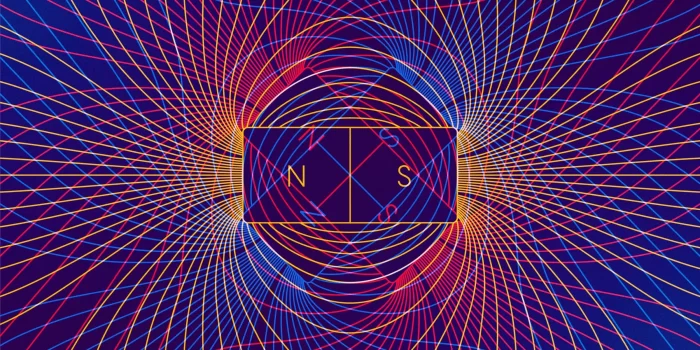Scientists have confirmed the existence of a strange new form of magnetism, hiding right under our noses in everyday materials. Known as altermagnetism, this new discovery could have major technological uses.
The most familiar forms of magnetism include ferromagnetism, which keeps your kids’ artworks pinned to the fridge, and antiferromagnetism, where electron spins alternate direction from their neighbors. Altermagnetism, however, features a unique mix of properties. While its electrons spin in alternating directions like antiferromagnets, it doesn’t produce magnetization. Instead, the material’s energy bands have alternating spins from neighboring bands.

First predicted in 2019, altermagnetism has now been confirmed in experiments at the Swiss Light Source synchrotron. Researchers studied manganese telluride, previously considered an antiferromagnet, and found that its electronic bands split into different spin states, a key feature of altermagnets.
This new form of magnetism could have broad applications, particularly in the emerging field of spintronics. In electronics, information is typically encoded into the charge of electrons, but spintronics can also encode data in their spin. Ferromagnets are ideal for spintronics but can produce magnetic fields that interfere with neighboring electrons. Antiferromagnets don’t have net magnetism, making them easier to scale, but they have weaker spin effects. Altermagnetic materials offer a promising middle ground, combining strong spin effects with no net magnetism, a combination previously thought impossible.

Tomáš Jungwirth, principal investigator of the study, noted, “Altermagnetism is actually not something hugely complicated. It is something entirely fundamental that was in front of our eyes for decades without noticing it. And it is not something that exists only in a few obscure materials. It exists in many crystals that people simply had in their drawers. In that sense, now that we have brought it to light, many people around the world will be able to work on it, giving the potential for a broad impact.”


